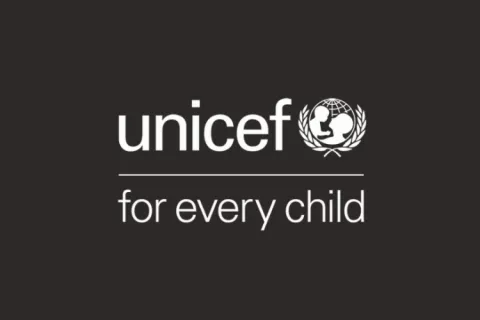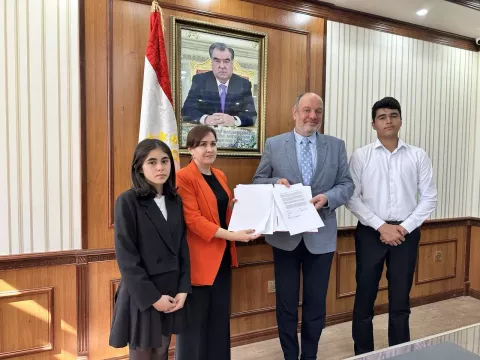Protecting children affected by migration
Building on promising practices to protect children affected by migration across the European Union

Highlights
This paper highlights five practices from within the European Union (EU), all of which illustrate promising responses to protecting children affected by migration. Taken together, these five practices aim to address the needs of both children within families and children who have become separated from their families, and include all children, regardless of their immigration status.
The five promising practices in this document are:
- Extending the type of reception arrangements available for unaccompanied and separated children through models of community-based care in Greece.
- Ensuring quality standards in reception arrangements for children and their families in Germany.
- Building guardianship systems in Italy and ensure the views of children are heard.
- Ensuring children have access to health, education and child protection services, regardless of their immigration status.
- Supporting the identification of better informed durable solutions for children through child-specific information on their countries of origin.
These practices, some of them supported by funding from the European Union, also demonstrate the importance of EU support for pilot projects to better protect children affected by migration across the region. UNICEF recommends that the lessons learned from
these practices should inform future EU policy making and implementation.






